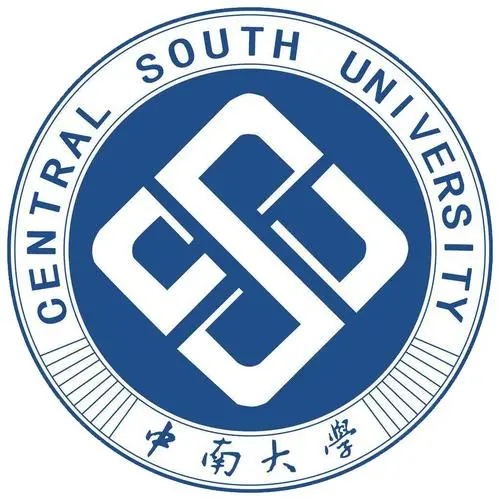
摘要:Lithium is an important strategic metal, but the supply of lithium ore is growing slowly, which is in sharp contradiction with the rapidly growing demand. Therefore, it is urgent to find new lithium resources. Recently, it has been found that coal-based lithium ore is expected to become a new type of lithium resource to meet the rapidly growing demand for lithium. However, the traditional Li extraction process using inorganic acids (i.e., H2SO4) is facing serious environmental issues, and the excess acid needs to be neutralized before the subsequent purification process. Herein, for the first time, we proposed a novel recycling strategy for the efficient and scalable Li leaching from coal-based Li ores with a reusable solid acid (oxalic acid), in which oxalic acid can be easily recovered after the leaching process with facile solubility engineering. The influences of the leaching conditions and oxalic acid concentration on the Li leaching and recycling rates of oxalic acid were explored in detail. Under the optimal conditions, the Li leaching rate (89.12%) and recovery rate (88.12%) of oxalic acid reached nearly 90%. In addition, the results of X-ray diffraction and Fourier-transform infrared clearly proved the high purity of the recovered oxalic acid after Li leaching, and the recovered oxalic acid also possessed excellent leaching performance after five times of recycling experiments. Moreover, the leaching kinetic analysis showed that the Li extraction from coal-based Li ore with oxalic acid was a chemical-controlled process with an activation energy (Ea) of 74.42 kJ/mol. Therefore, with solubility engineering, the recycling of oxalic acid after Li leaching could be easily realized, which is possible for other solid acids and provides a promising strategy for the simultaneous realization of green Li extraction and leaching acid recovery.
